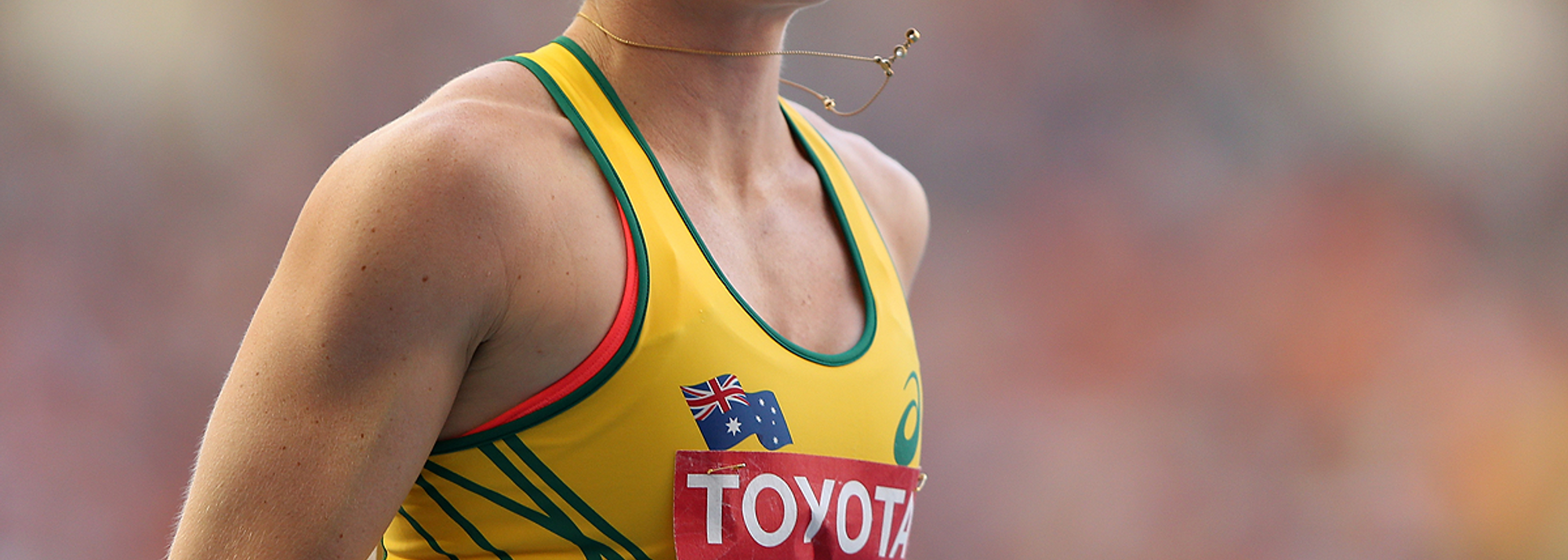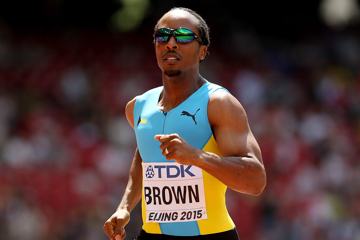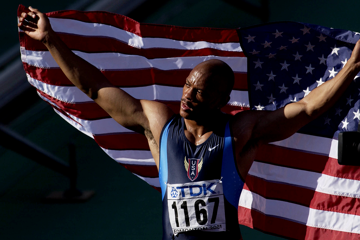Sally Pearson in the 100m hurdles at the IAAF World Championships (© Getty Images)
As the 2011 world and 2012 Olympic champion, Sally Pearson is among the finest sprint hurdlers on the planet. But the Australian superstar’s career has not been plain sailing; here she talks about how taking on and committing to being self-coached has proven to be her greatest challenge.
The decision to go it alone
“For a long time, I had wondered about the possibility of being self-coached. I have a coaching certificate and in the past I had coached young kids, which was fun. Yet I had always doubted myself as to whether I could coach myself because I was fully aware of the effort and commitment needed to be an elite coach.
“I had suffered the hamstring tear and I was struggling to decide if I wanted to stay in the sport when I took a flight from Sydney back home to Gold Coast and I watched the story of Lydia Lassila, the 2010 Olympic aerial skiing gold medallist. I was inspired by that film and all the injuries and surgeries she had been through and I thought, I only have a hamstring injury for goodness sake. I know I can get back from that. Watching that video, I got off the plane and said; I’m staying in athletics, I’m going to start training and coach myself. By coincidence I started officially coaching myself on the first day of the athletics programme at the Rio Olympics.
“I believe being self-coached has allowed me to train a lot smarter by listening to my body. I’m also quite lucky in that my husband, Kieran, films me on his phone and we send that to a biomechanist I’ve worked with for many years even including in 2011 and 2012 when I was at my very best. Yet the role does present its challenges. I recall during the recent indoor season running 8.03 in my 60m hurdles heat in Berlin. I was very disappointed with the performance because I’d just come back from Karlsruhe having run both 7.91 in the heat and final. I had no coach to turn to but myself, so I had to take a deep breath, say it was a little hiccup and not to worry about it. I just needed to focus on my start and getting out quickly over the first few hurdles. I ran 7.91 for third in the final and that is the moment when I learned I needed to reassure yourself, not to freak out and just fine tune elements of my race.
“I’m also going through a challenge at the moment in terms of my training ahead of the European summer season. Between September and December I did my general preparation phase for the Australian season and now I face the challenge of not losing the speed I have gained during the Australian season but also adding a lot of the strength and endurance work that the Northern Hemisphere athletes have probably already been working on while I was competing in the Australian summer season. It has been difficult writing a programme to gain that balance, but I know how I feel from one session to the next and I have been making decisions on the back of this.
“I was fortunate to receive massive reassurance I had made the right decision to coach myself after running 12.53 (windy) to win the Australian Championships (in April).”
Steve Landells for the IAAF








